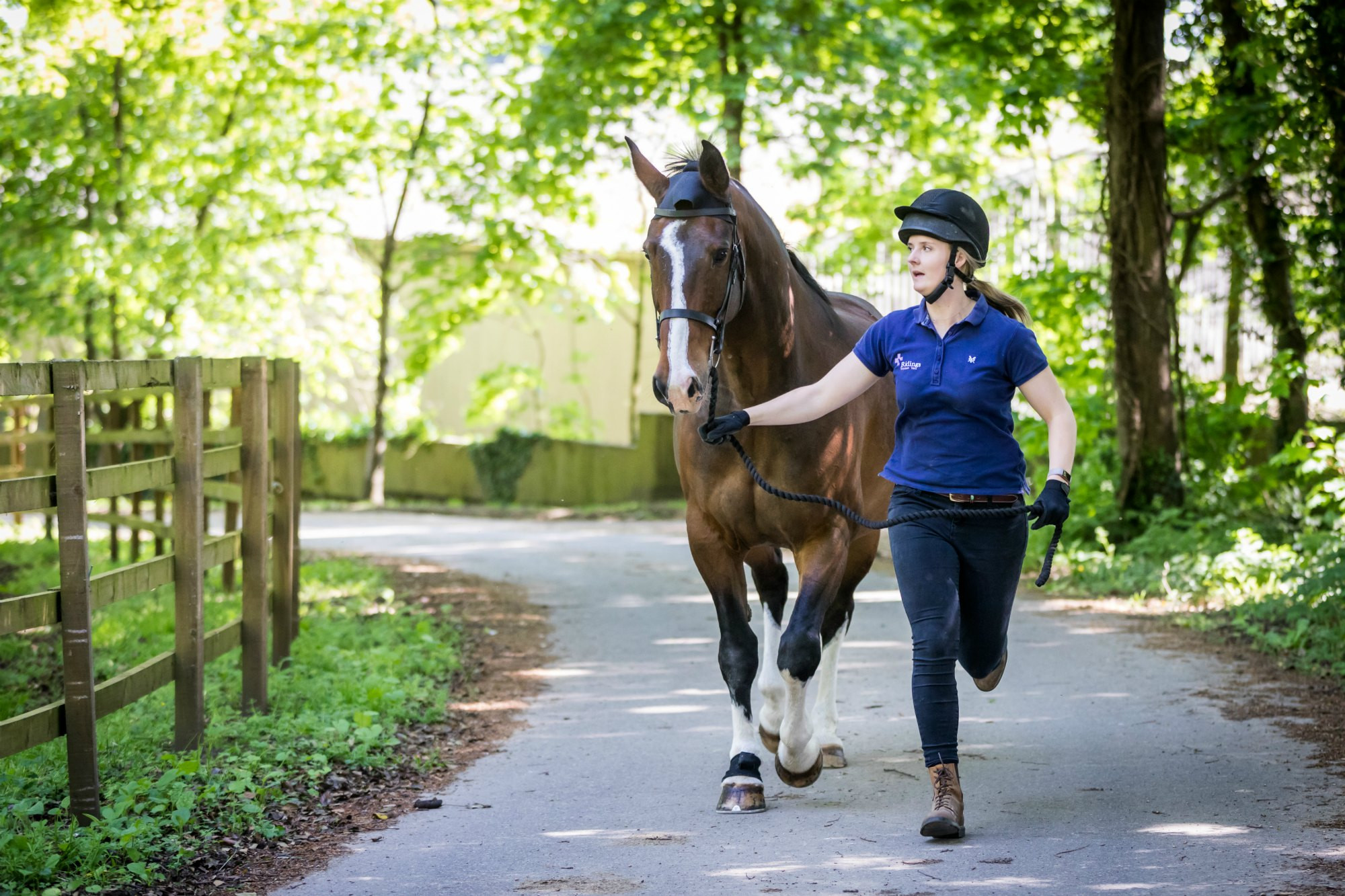FINALLY warm weather, long days and little to no mucking out!!
However, those of us with pink skinned horses might not be quite as pleased as this lovely weather can bring with it a big problem- sunburn!
Like humans, sunburn in horses often results from overexposure of the skin to ultraviolet (UV) light. Pigmented skin contains melonin which protects the skin from burning but those unpigmented (light coloured or pink) areas are likely to burn when exposure to the sun. The lesions are often restricted to areas of maximal exposure to the sun including the nose and face.
What are the signs?
- Skin changing to a dark pink or red colour
- Cracking, peeling skin
- Blisters or scabs
- Pain and discomfort which can lead to a horse becoming head shy
How can I protect my horse?
- Apply sunscreen to pink skin. This provides a physical barrier and should ideally be at least SPF 30. It is important to apply sunscreen several times during the day even when it is cloudy!!
- Stabling during peak daylight hours can reduce overexposure.
- UV protection masks and sun sheets can be great- look for a mask which has an extended nose part. Using masks and sun sheets have the added benefit of fly control!
- Any scabs should be removed as these act a potential source of infection. If the skin is very scabby and cracked it can be useful to apply a softening cream for a couple of days prior to removing the scabs. Flamazine is an example of a soothing antibiotic cream.
What else could it be?
It is important to be aware there is a skin disease in horses which presents very similarly to sunburn- called photosensitisation. Photosensitisation occurs because of photodynamic agents in the skin. These agents can be present for two main reasons:
Primary photosensitisation: Ingestion of plants which contain a photodynamic agent- these agents enter the blood stream and reacts to UV light when they reach the superficial blood vessels in the skin. A common plant in the UK is St John’s-wort.
2. Secondary photosensitisation: Ingestion of a plant which directly causes liver damage (hepatotoxic plant). The liver is responsible for detoxifying and excreting harmful agents from the body. If the liver is diseased phylloerythrin, a by-product of chlorophyll from green plants, can accumulate and react with UV light on non-pigmented skin. Hepatotoxic plants include ragwort.
Often lesions associated with photosensitisation are more severe and commonly occur on any non-pigmented area, including white legs and any white areas of coloured horses. Signs of liver damage may also be present including weight loss, lethargy and reduced appetite.
It is important if photosensitisation is suspected a blood sample is taken to assess the liver status.
If you have any questions or need further advice please do not hesitate to contact us on 07747 771182
Anna x

